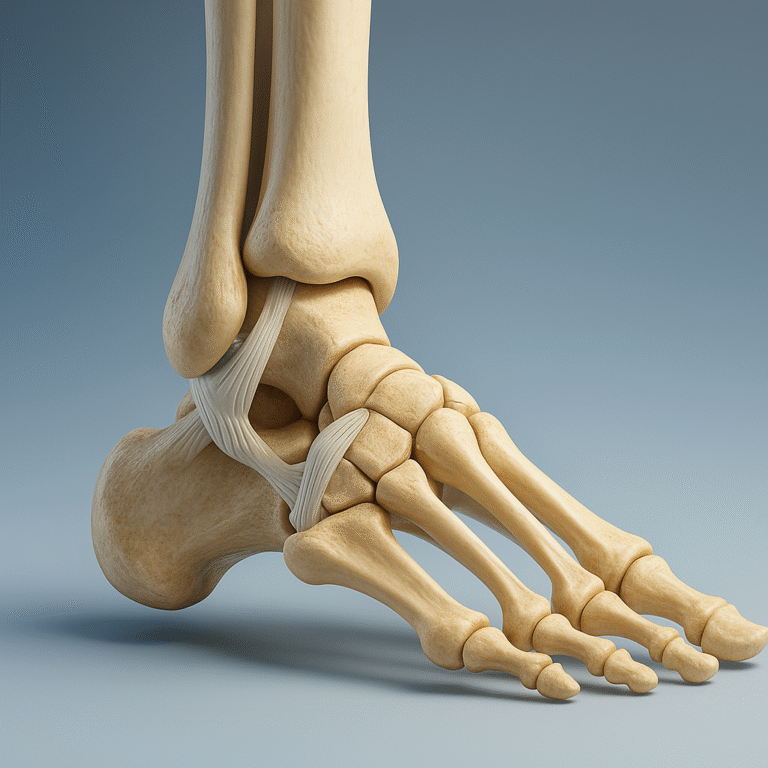
Disclaimer: This blog is for educational purposes only. It is not medical advice. Every ankle sprain can be different, and treatment should be guided by a licensed healthcare professional.
Ankle sprains are one of the most common injuries worldwide. If you live in Hillsboro, Beaverton, Portland, or nearby, you’ve likely heard of someone twisting their ankle during a game, a hike, or even walking on an uneven sidewalk. They can happen to athletes, kids, and adults of all ages. Even though ankle sprains are common, many people do not treat them the right way and that can lead to long-term problems like repeat injuries or ankle weakness.
What is an Ankle Sprain?
An ankle sprain happens when the ligaments (the tough tissues that connect bones) are stretched or torn. Most sprains happen on the outside of the ankle when the foot rolls inward. Doctors describe sprains in three grades:
-
- Grade I: Mild stretching, little swelling, usually heals quickly.
-
- Grade II: Ligament is partly torn, ankle is painful and swollen.
-
- Grade III: Complete tear of ligaments, ankle is unstable and often very swollenEvidence-based treatment choice….
Symptoms of an Ankle Sprain
-
- Pain around the outside of the ankle
-
- Swelling and bruising
-
- Trouble standing or walking
-
- A feeling that the ankle might “give out”
Best Treatments for Ankle Sprains
Research shows conservative treatment is usually the best choice. That means avoiding surgery unless the injury is very severe. Treatment often includes:
-
- Rest and protection: Take weight off the ankle for a short time.
-
- Ice and compression: Helps reduce swelling and pain.
-
- Elevation: Keeps fluid from pooling in the ankle.
-
- Braces or tape: Support the ankle and help you move safelyOpenEvidence Ankle sprains.
Unlike the old advice of “stay off your foot until it heals,” science now tells us that early gentle movement is better. Starting safe exercises soon after injury speeds healing and lowers the chance of another sprainA Perceptual Framework for Cons….
The Role of Physical Therapy
Physical therapy is key for ankle recovery. Exercises that focus on range of motion, balance, and strength retrain your body to keep the ankle stable. Without proper rehab, as many as 70% of people develop chronic ankle instability: meaning the ankle keeps rolling or giving out.
Why It Matters in Your Community
At Pain & Performance Coach in Beaverton, Bethany, and Forest Grove, we use evidence-based treatments like balance training, coordination drills, and hands-on therapy. With the right care, most people are back to walking and sports in weeks, not months.
